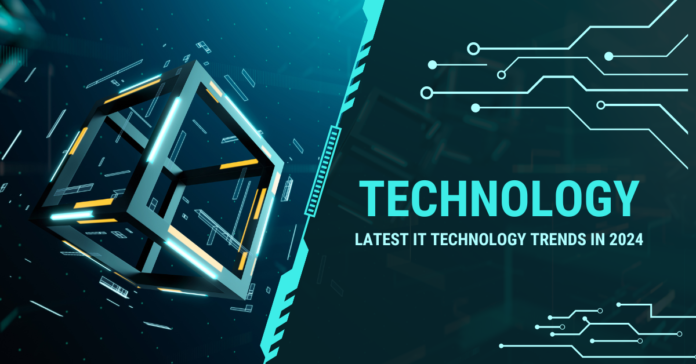Technology-enabled transformations are making waves in the IT sector faster than ever. Enterprises, for whom technologies are now the main driving force, are changing the way they work. The article will describe the main trends, with the help of real scenarios, development problems, and the future of development.
Artificial Intelligence (AI) and Machine Learning (ML)
Current Status: Utilization of automation, predictive analytics, and personalization in AI and ML substance a high-performing highway.
Real-World Example: IBM’s Watson is transforming healthcare diagnostics with advanced data analysis.
Challenges: Ethical concerns and high computational requirements.
Future Outlook: AI will advance into more human-like reasoning and broader applications.
Edge Computing
Current Status: Edge computing processes data closer to the source, crucial for real-time applications like autonomous vehicles.
Real-World Example: AWS Greengrass facilitates real-time IoT data processing.
Challenges: Complexity and security at the edge.
Future Outlook: 5G will drive edge computing adoption in healthcare and smart cities.
Quantum Computing
Current Status: Quantum technology solves complex problems faster than classical computing.
Real-World Example: JPMorgan Chase uses quantum algorithms for financial risk analysis.
Challenges: Quantum systems are still unstable and difficult to implement.
Future Outlook: Expected advances will influence cryptology, logistics, and AI.
Blockchain and Distributed Ledger Technologies (DLT)
Current Status: Blockchain ensures secure, transparent transactions across industries.
Real-World Example: IBM’s TradeLens enhances supply chain transparency.
Challenges: Scalability and regulatory compliance.
Future Outlook: Broader adoption in digital identity, smart contracts, and finance.
5G and Beyond
Current Status: 5G provides high-speed connectivity, vital for IoT and AR/VR.
Real-World Example: Remote robotic surgeries using 5G technology.
Challenges: High costs and limited coverage in rural areas.
Future Outlook: Research into 6G will bring even faster and more reliable networks.
Cybersecurity Advances
Current Status: AI-driven threat detection and zero-trust models are becoming essential.
Real-World Example: Microsoft Azure Sentinel uses AI to automate threat responses.
Challenges: Adapting to complex and evolving threats.
Future Outlook: Autonomous threat response and stronger encryption will be prioritized.
Extended Reality (XR) technologies
Current Status: XR is the future of gaming, training, and virtual collaboration.
Real-World Example: Volkswagen uses AR for employee training in vehicle assembly.
Challenges: High costs and user adaptation.
Future Outlook: The prevalence of XR hardware is likely to go up trend with the reduction of their costs in various sectors.
Low-Code and No-Code Platforms
Current Status: These platforms enable non-technical users to build applications with minimal coding, democratizing innovation.
Real-World Example: Salesforce and Microsoft Power Apps are helping businesses create custom solutions without deep technical expertise.
Challenges: Limited flexibility for complex applications.
Future Outlook: Low-code platforms will grow rapidly, accelerating digital transformation for small and medium enterprises.
Sustainable and Green Technologies
Current Status: Sustainability is an important issue now. Companies are putting more money into developing green technologies like carbon-neutral cloud services and energy-efficient data centers.
Real-World Example: Google’s ambitious plan is to switch its data centers to renewable energy sources that don’t produce any carbon dioxide by the year 2030.
Challenges: High initial costs and transitioning legacy systems.
Future Outlook: Green technologies will take the lead in IT operations as companies try to be carbon-neutral.
Robotic Process Automation (RPA)
Current Status: RPA automates routine tasks, improving efficiency and reducing errors in industries like finance and customer service.
Real-World Example: UiPath’s RPA tools are widely used to streamline back-office processes.
Challenges: Limited to repetitive, rule-based tasks.
Future Outlook: RPA will integrate with AI to automate more complex workflows and cognitive tasks.
Conclusion
These new technological innovations are close to changing the IT industry’s future for good, thus increasing the outcomes of the operations, making them more economical, enduring, and imaginative. Businesses have to submit to these requirements as they are the main reasons to cope with the competition and succeed in a speedily changing digital world.


